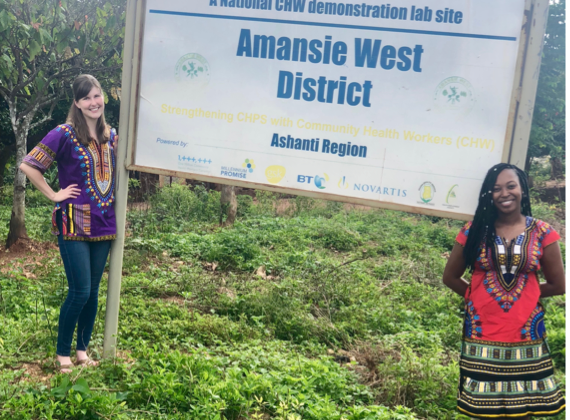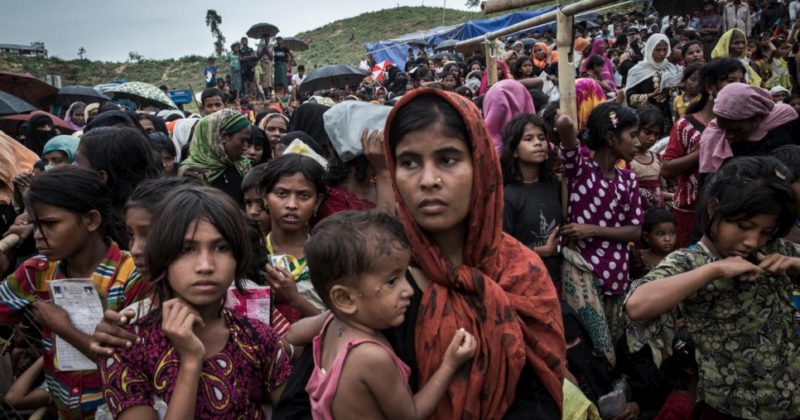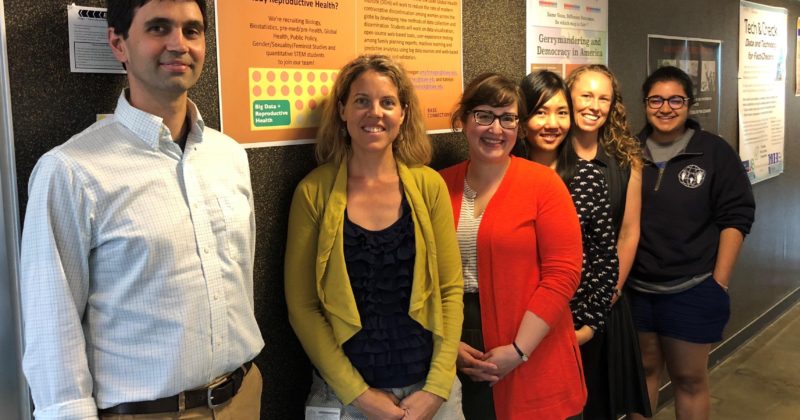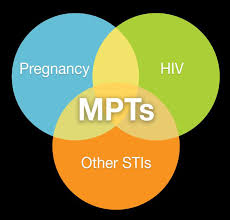
Director’s Blog: Summer 2018
As we close out the academic year and head into the hot North Carolina summer, the halls of Trent get a lot quieter. To some, this calm may suggest a mass exodus to the beach or some other vacation destination. However, for faculty, students and staff, the empty offices belie a frenzy of work, as many head off to field sites around the world. Summer break represents a time to re-focus on the work that inspires students, trainees and faculty to put in the hours teaching, writing and learning throughout the year. We use this time to launch new projects, reconnect with their research teams and develop or deepen our partnerships. As we previously described, we have a very busy summer planned with work and site visits in western Kenya, while back at home, continuing with the launch of the Collaboratory project and the Big Data for Reproductive Health Summer team. I spent the last two weeks in June in Nairobi,...








